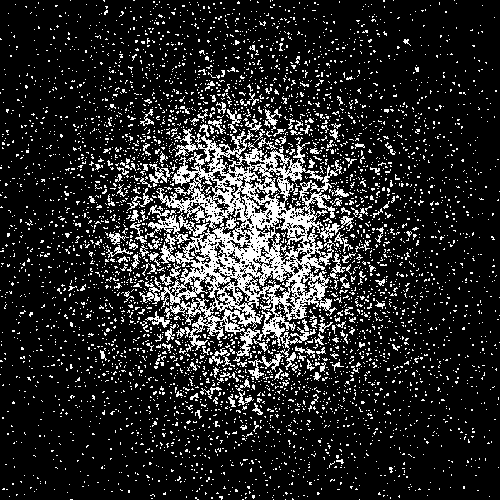
Spherical Galaxy: Centaury

Spherical Galaxy: M 87
This Galaxy has an active super massive rotating Nucleus.
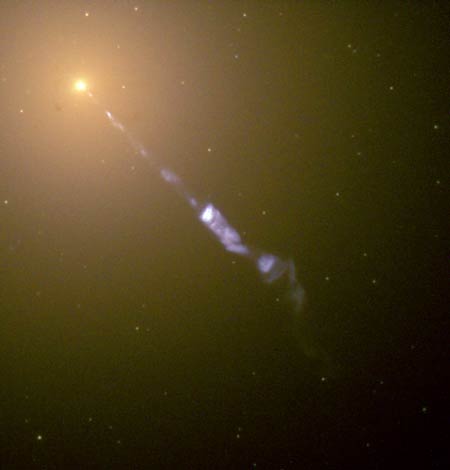
NGC 6872 with oval and powerful Acceleration-Ring.
This Galaxy shows the normal procedure to generate 2 Spiral-Arms.
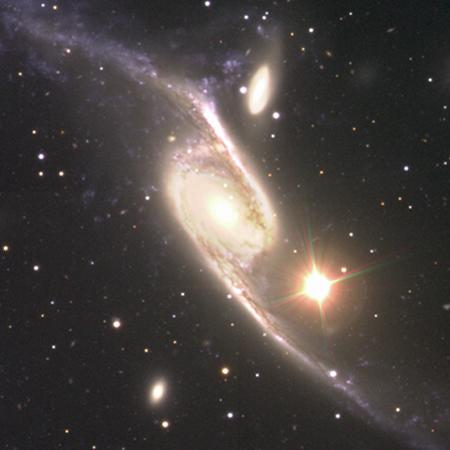
Barred Spiral Galaxy: NGC 1365
The Galaxy NGC 1365 generates the 2 Spiral-Arms on the same way.
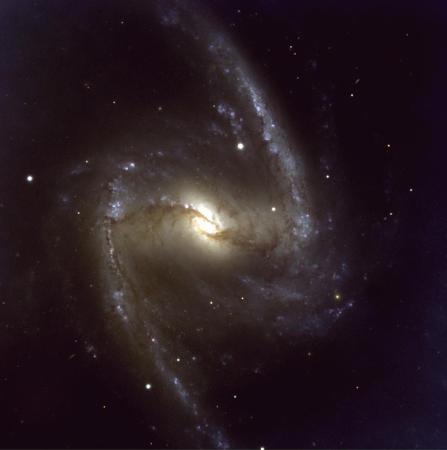
Central-Region of NGC 1365
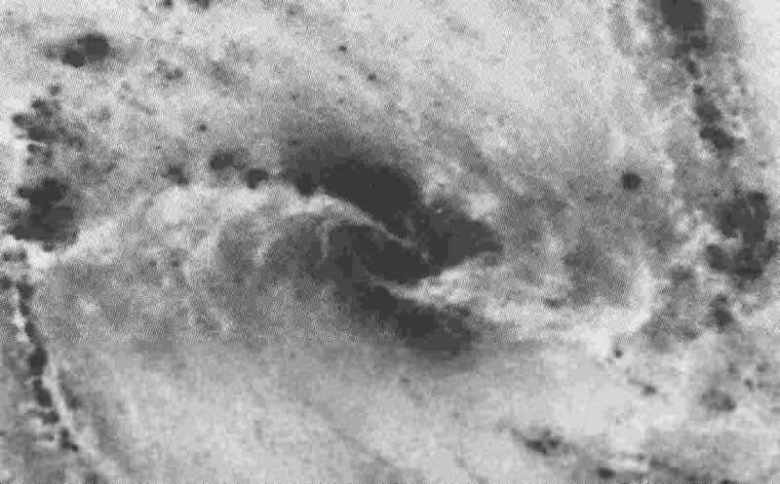
The Center Region of the Galaxy NGC 1365
The compact core of the Spiral Galaxy NGC 1365 is visible.
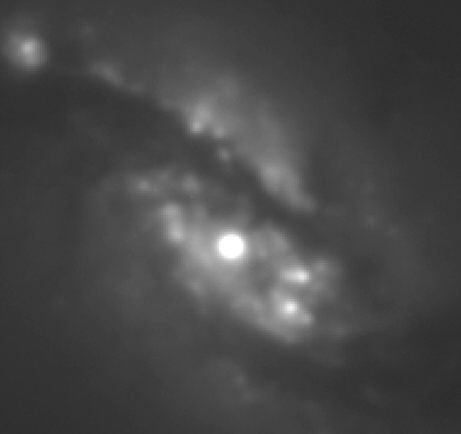
Barred Spiral Galaxy: NGC 1097
Galaxy NGC 1097 has a disc with an inner and outer Ring.
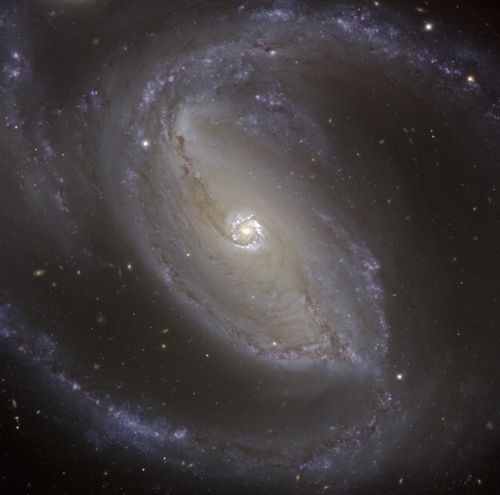
NGC 5427 with Branches on the outer side of the Spiral-Arms only.
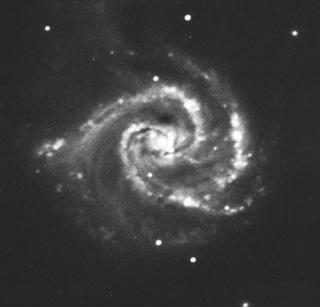
HST-Photo: NGC 5457 with matter string interruptions.
One can see matter breakthrough on elder Spiral-Arms.
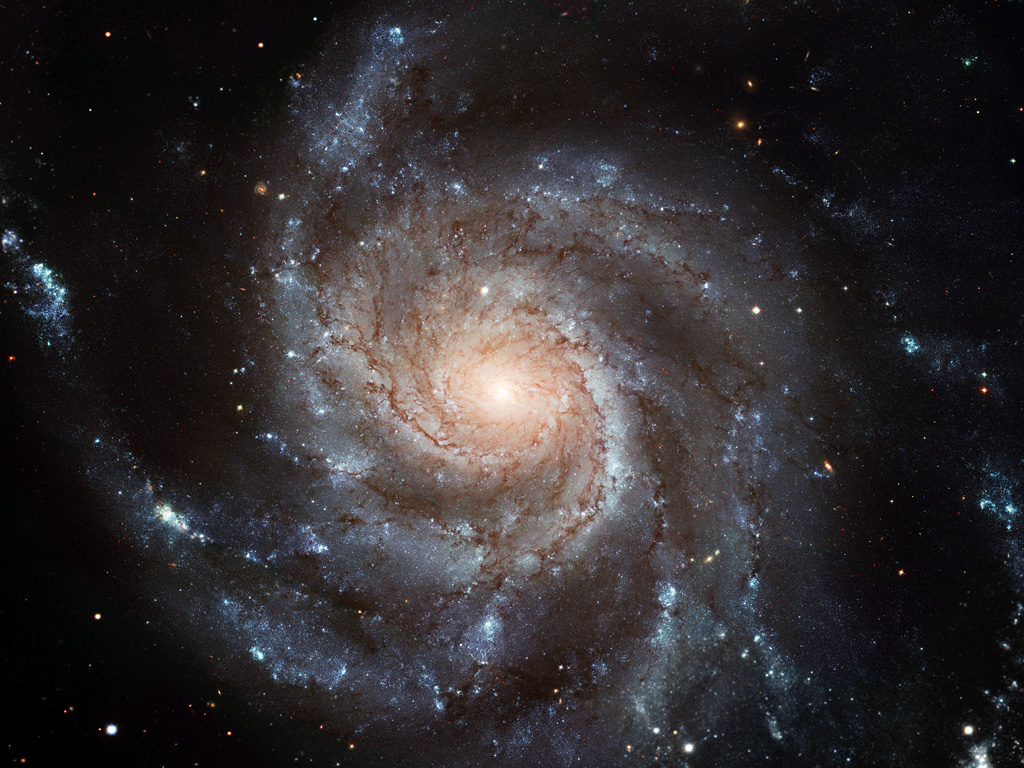
Andromeda Galaxy M31
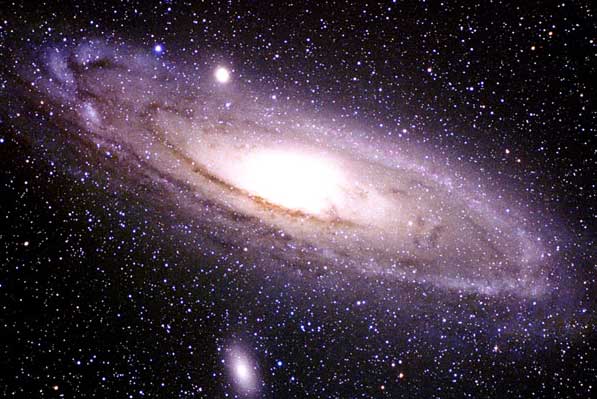
HST-Photo: ESO 034-11 with one Spiral-Arm only.
The central area moves away from the history position.
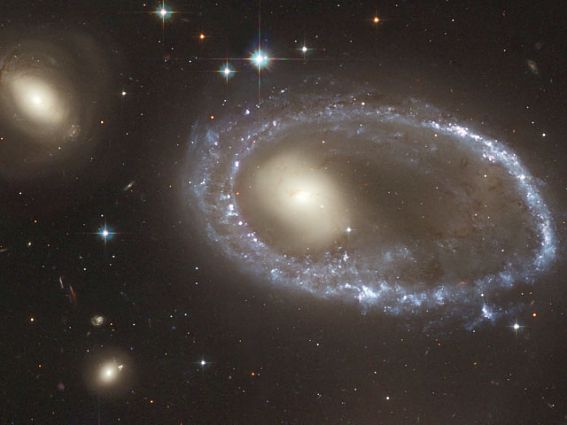
NGC 4038-9, Collision of 2 Spiral-Galaxies
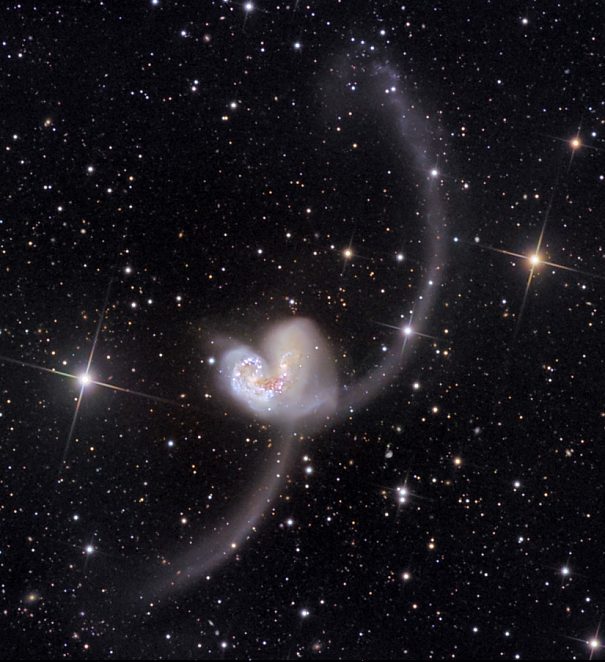
NGC 4038-9, Center of Collision
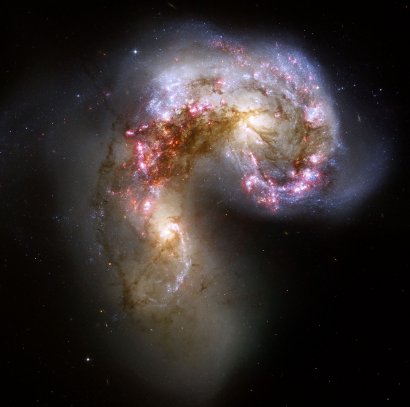
Galaxy Cluster, Collision
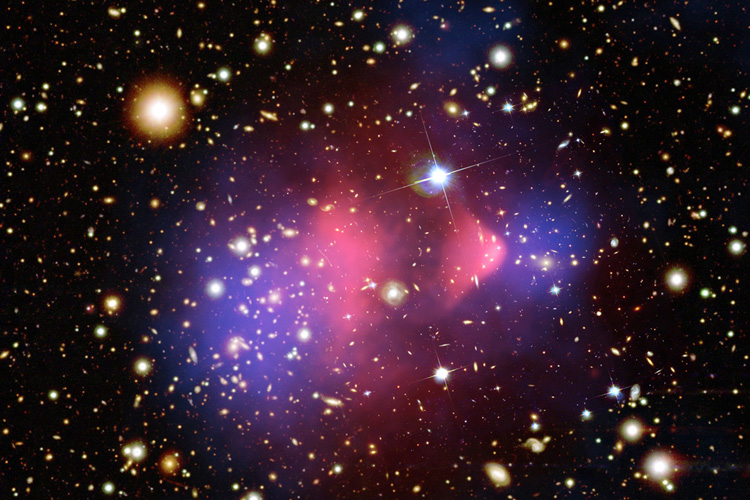
M 83 with dark clouds matter and Branches.
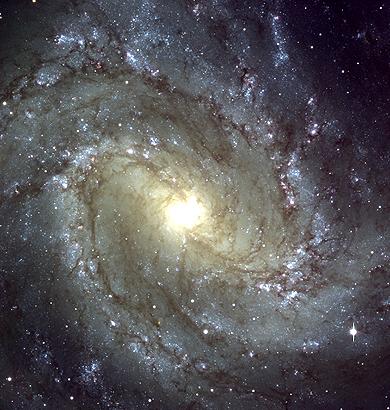
NGC 1512 a disc with an outer Ring, blue Stars are young and hot.
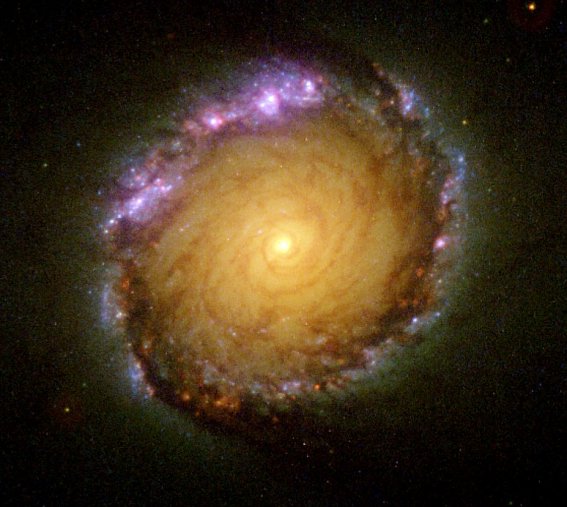
NGC 1232 with unequal formed Acceleration-Ring and a lot of Branches.
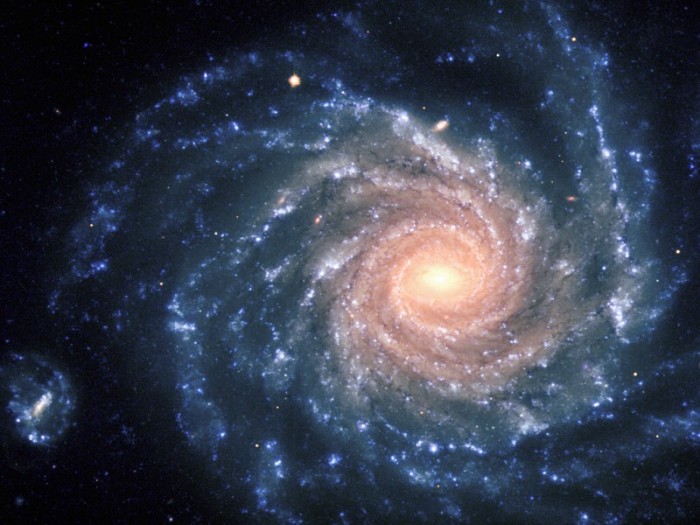
NGC 4594, like a Sombrero, dark matter on the outer Ring.

Sombrero Galaxy NGC 4594 with Halo.
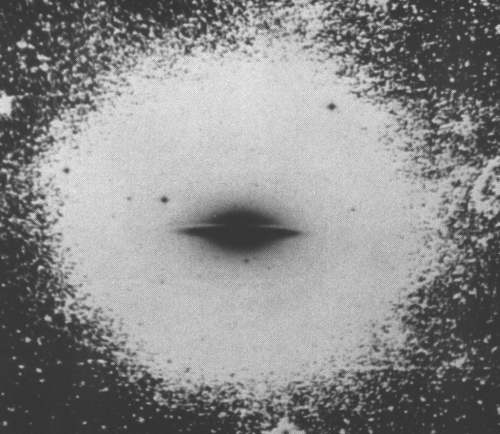
S6-Edge-On-Galaxy with dark matter on the outer Ring.
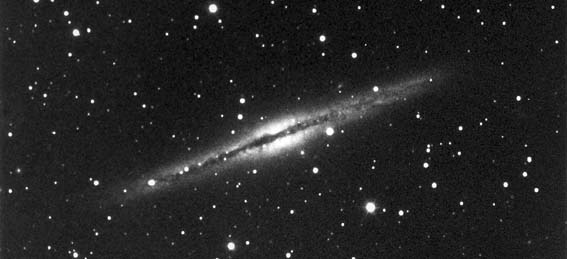
Edge-On-Galaxy NGC4565 with dark matter on the outer Ring.
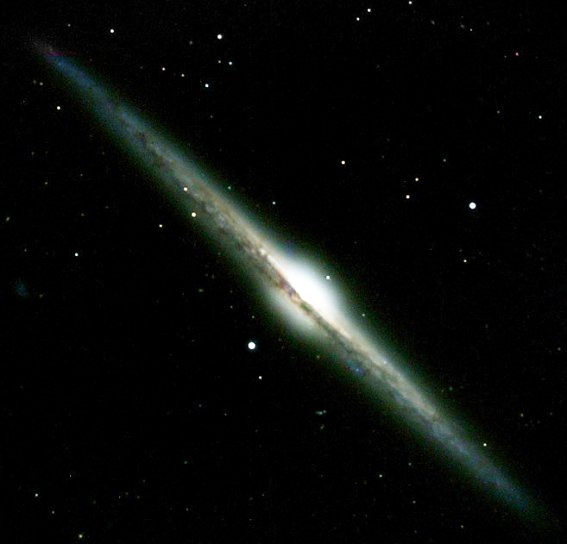
ESO 269-57 with circled Acceleration-Ring.
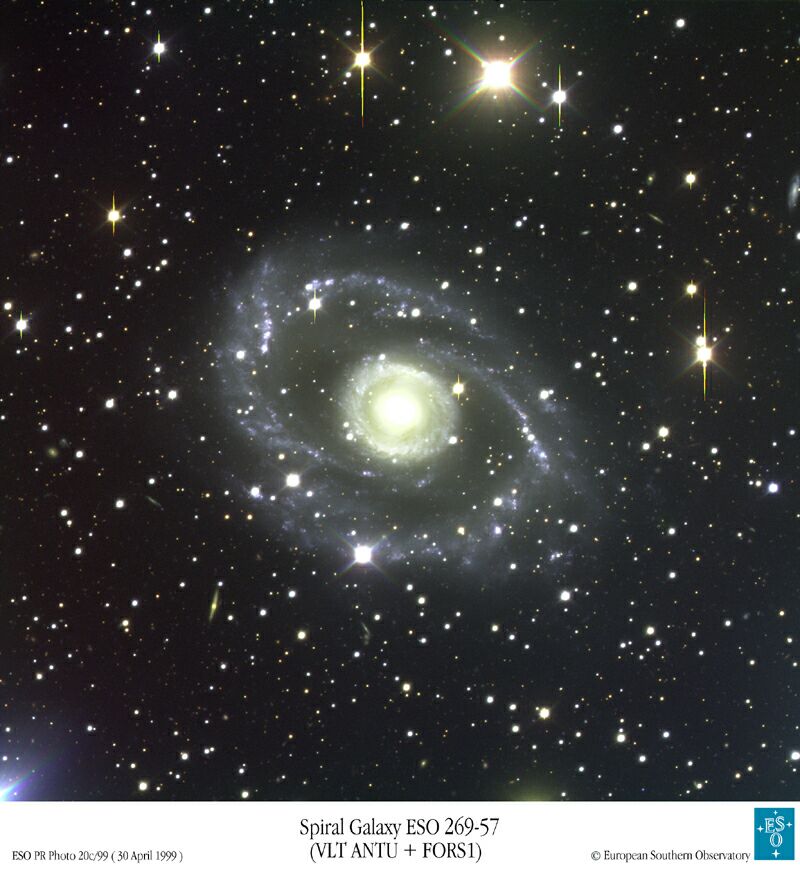
NGC 7742 with circled Acceleration-Ring.
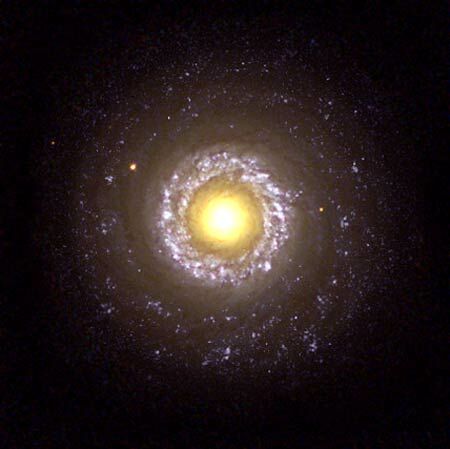
Hoag, Galaxy with round Core and Ring.
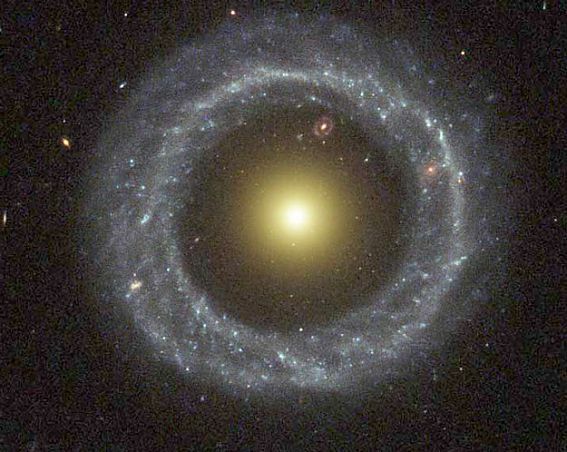
Back-Spin-Galaxy NGC 4622
with Acceleration-Ring and a Loop.
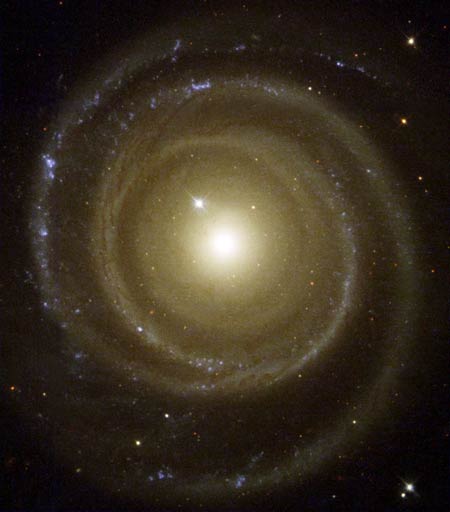
NGC 4414 with circled Acceleration-Ring and a lot of Winding-Arms.
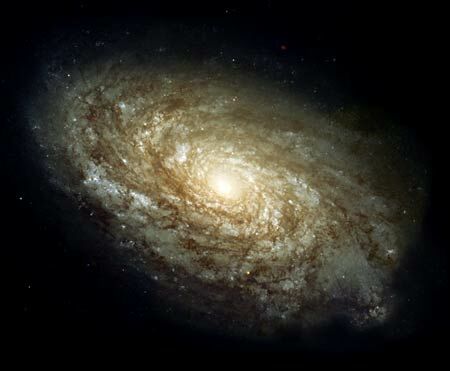
NGC 5563, Spherical Galaxy with big bulks of matter
thrown out of the central nucleus of the Galaxy.
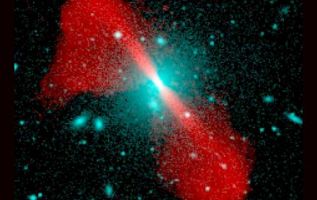
ESO Centaurus A
big bulks of matter thrown out of the central nucleus of the Galaxy.
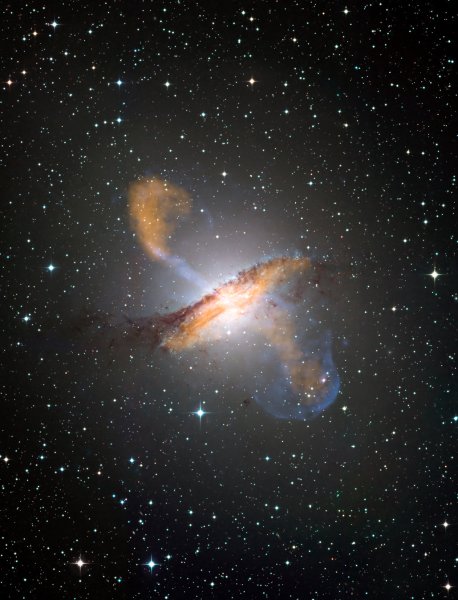
HST and VLA Photo: Hercules A ( November 29. 2012 )
big bulks of matter thrown out of the central nucleus of the Galaxy.
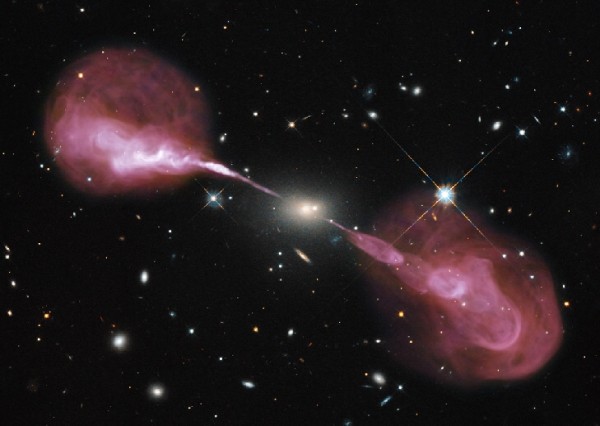
NASA/ESA Photo:
The Photo from the Hubble Space Telescope (HST) shows far distant Galaxies
deformed by Gravitation of the Galaxy Cluster SDSS J1038+4849
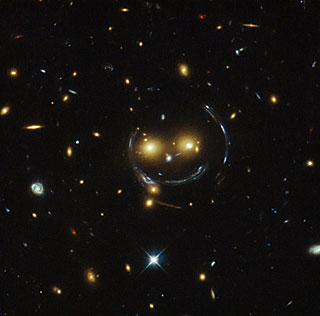
The vacuum space around a gravitational center was condensed by the gravity.
For the incoming distant light waves it means, that their wavelengths are compressed
in this compressed vacuum space. Red light becomes blue by the strong compression
of the wavelengths, namely accordingly like it is shown in fig. 4.2. The light of the
distant galaxies was still deformed, namely as the optical distortion which originates
with the view from a wineglass foot.
Fig. 4.2
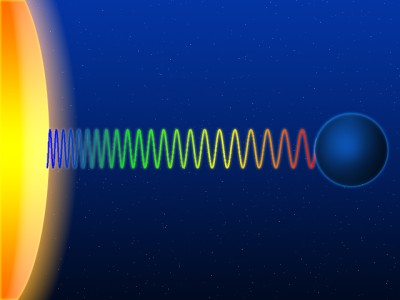
Magnet-Lines
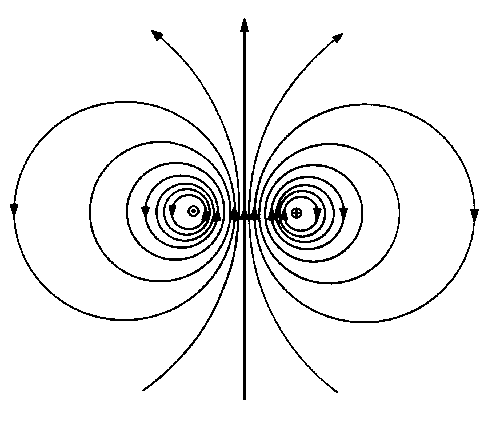
NGC 1808, active Galaxy
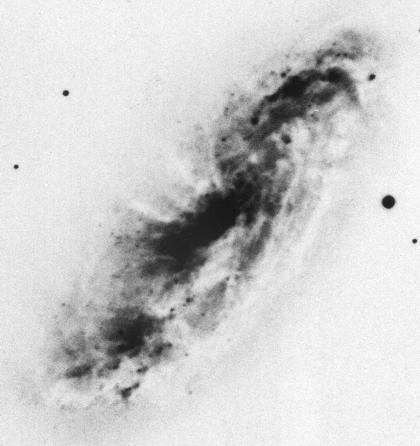
NGC 3079, active Galaxy
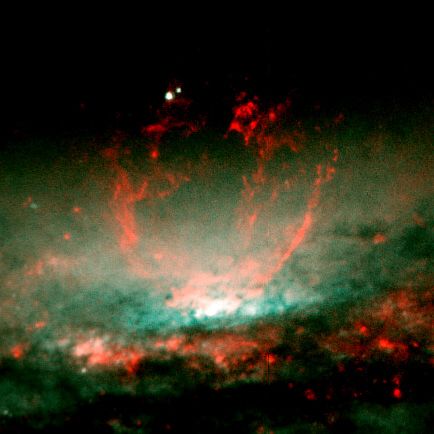
Solar-System in development
Estimated values:
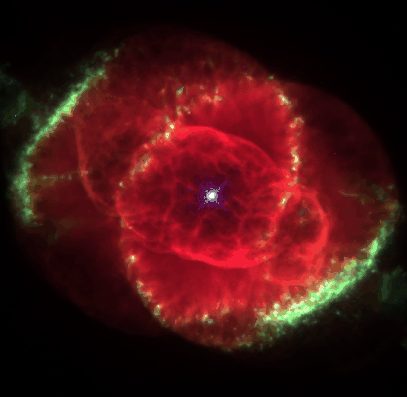
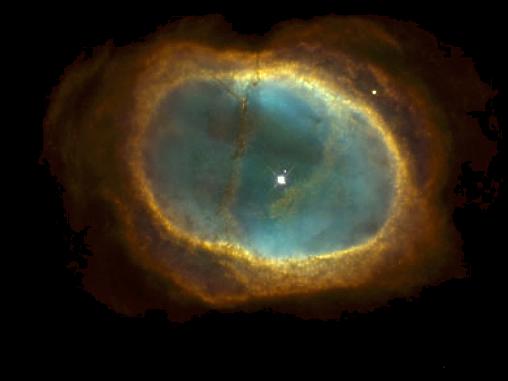
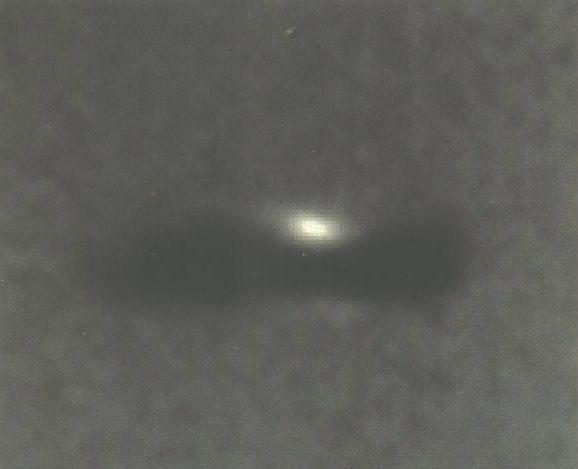
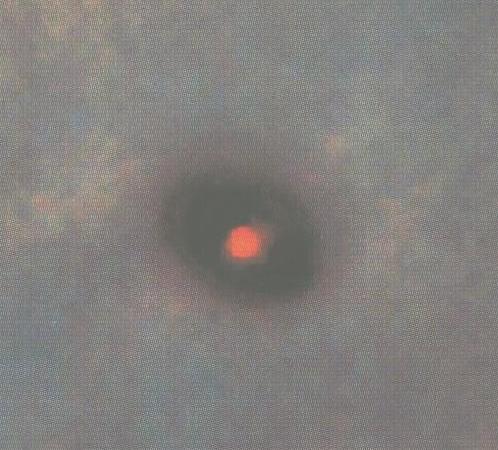
Light-Spectrum
Sichtbares Licht: 380nm bis 750nm
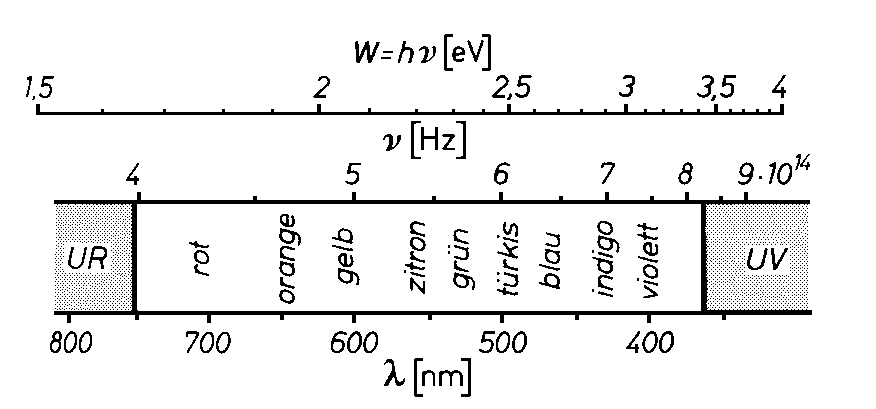

Historisches Weltbild
von Camille Flammarion (1882)
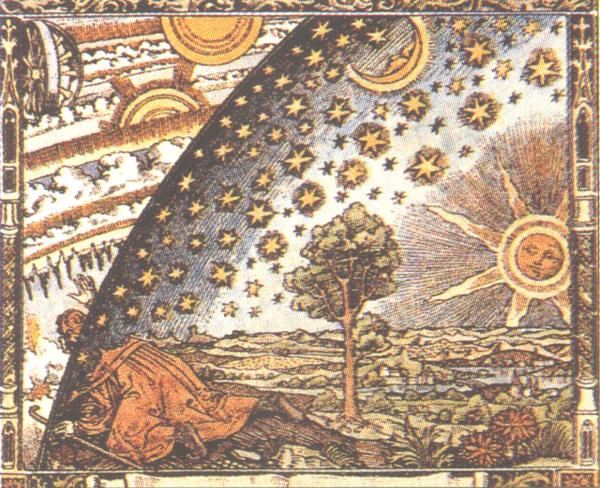
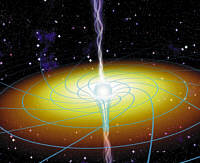
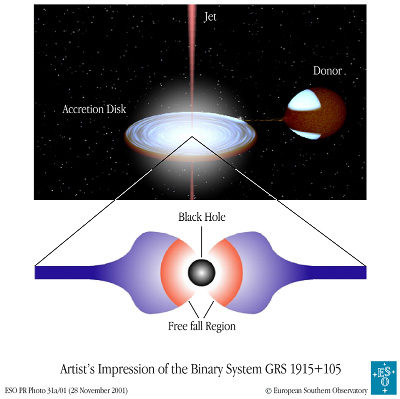
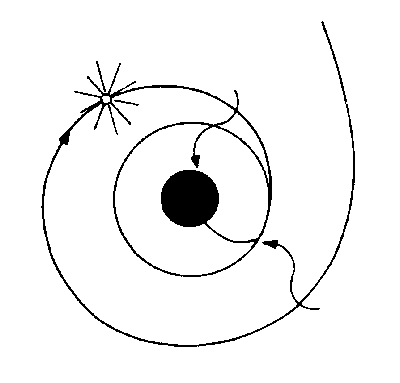
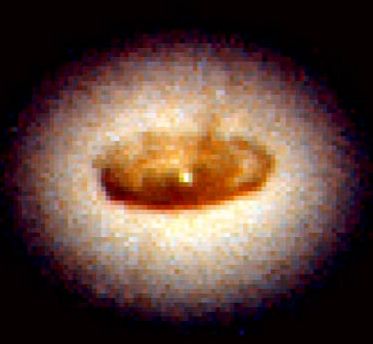
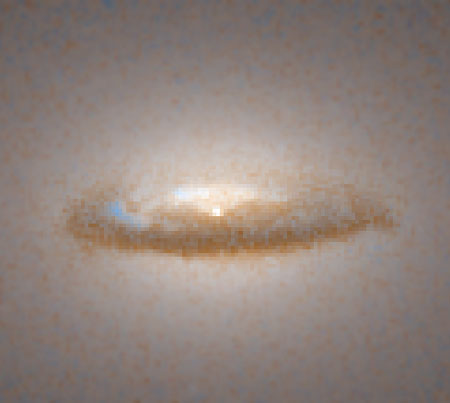
Hubble Ultra Deep Field
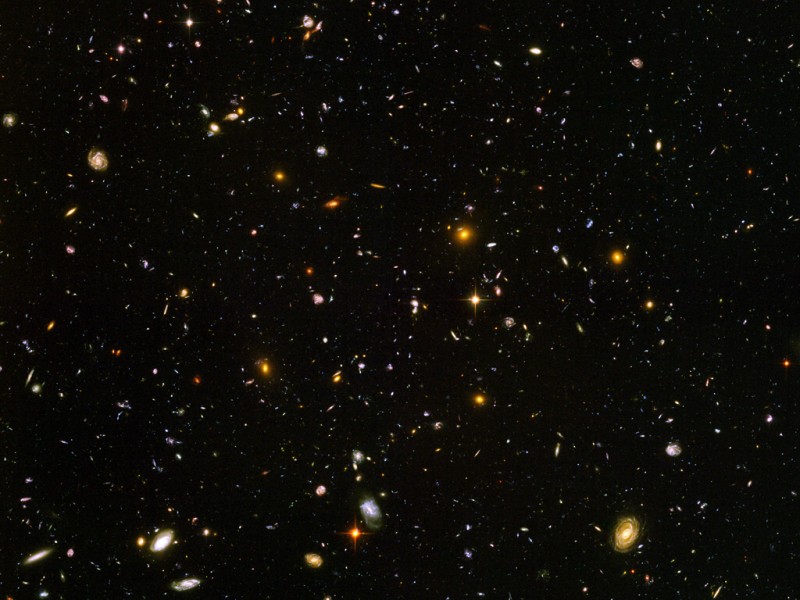
Hubble Galaxy Cluster: MCS J0416.1-2403
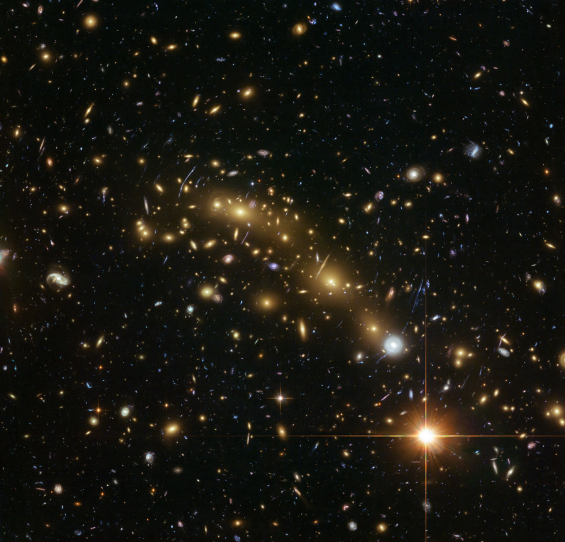
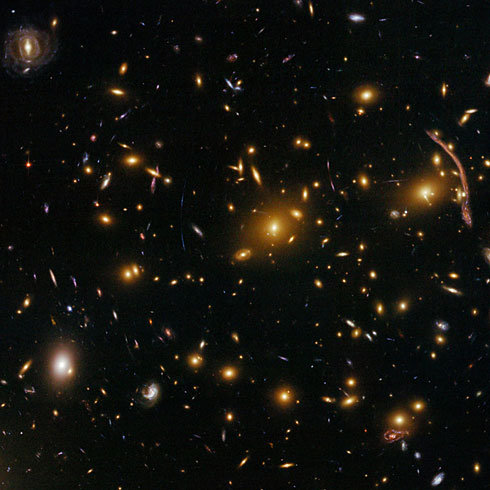
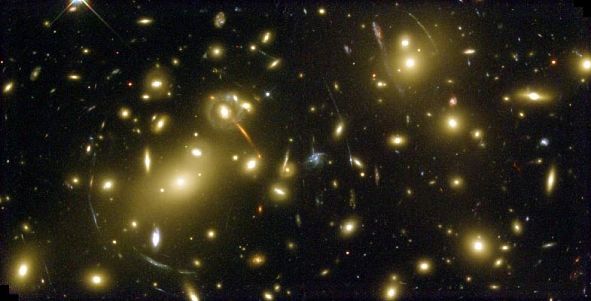

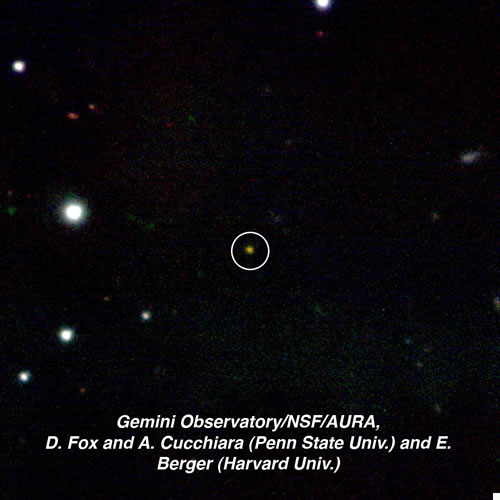
11684 Visits
[ Homepage ]